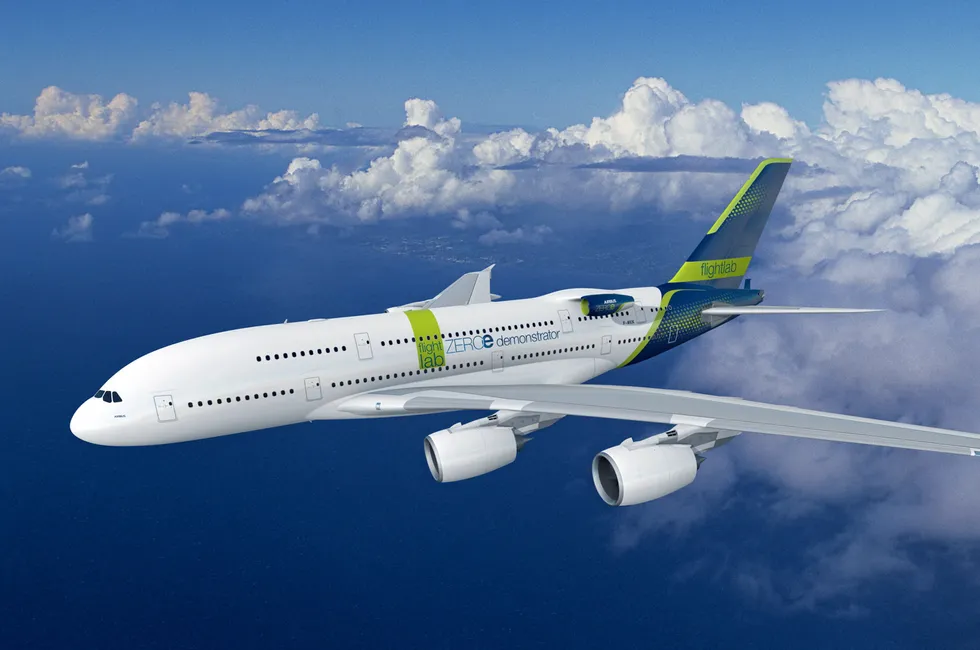Airbus to choose between hydrogen engines and fuel cells this decade for first H2 planes: report
Both technologies are being tested in parallel, with flight tests scheduled to begin in late 2026

Stay ahead on hydrogen with our free newsletter
However, Mathias Andriamisaina, head of hydrogen demonstrators and testing for Airbus’ ZEROe programme, reportedly told the Clean Aviation Annual Forum in Brussels that both engines and fuel cells will be used in a modified A380 for flight tests scheduled to start in late 2026 and end in 2028.
“We are doing a few things in parallel to remain on time for 2035,” Andriamisaina said.
“The point of flight testing is it prevents us from looking for workarounds,” he added. “In a laboratory, if you have a problem, you may find a compromise. When you fly above Toulouse with 400kg of hydrogen on board, you do not want any compromise in terms of safety.”
Andriamisaina also suggested that decisions for the programme will also depend on “ecosystem readiness level”, or how much refuelling infrastructure at airports is necessary between each propulsion system.
Airbus is also considering two different options for turbine engines — turboprops and turbofans — depending on the passenger capacity and range that the selected technology can support.
The company reportedly requires the ZEROe planes to seat a minimum of 100 people and fly at least 1,000 nautical miles (1,151 miles), with an aim for 200 seats and a 2,000 nautical-mile range.
(Copyright)